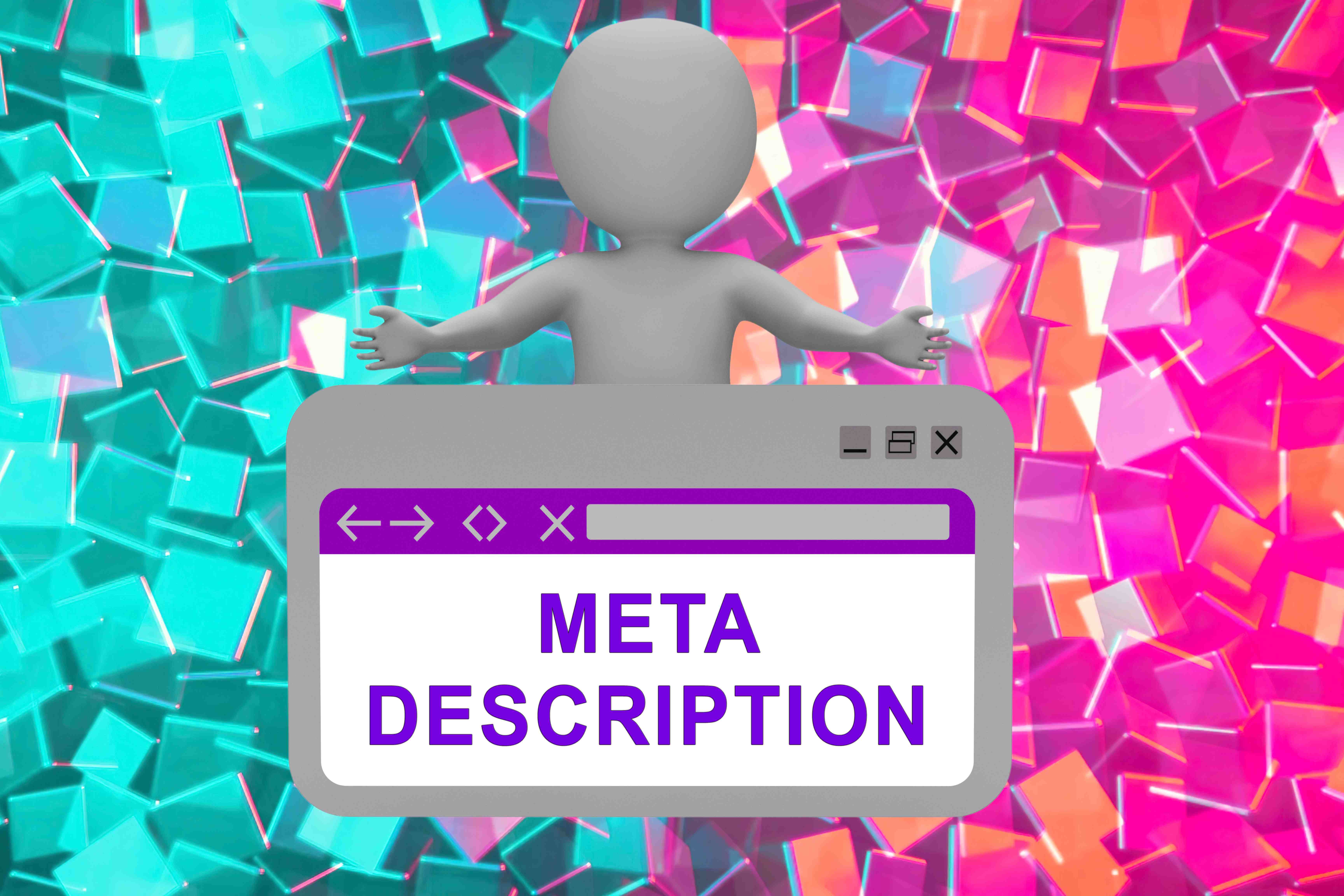Table of Contents
- Introduction
- Understanding Meta Descriptions
- The Importance of Meta Descriptions for SEO
- Advanced Techniques for Optimizing Meta Descriptions
- Latest SEO Trends in Meta Description Optimization
- Conclusion
- About Don Hesh SEO
Introduction
As a business owner, enhancing your online store’s visibility and driving more organic traffic are critical goals. One of the most overlooked yet crucial aspects of on-page SEO is optimizing meta descriptions. Well-crafted meta descriptions can significantly improve your website’s click-through rates (CTR) and overall search engine rankings. This article will explore advanced techniques for optimizing meta descriptions and the latest SEO trends relevant to meta description optimization.
Understanding Meta Descriptions
A meta description is a brief summary of a webpage’s content, usually displayed below the page title in search engine results. It provides users with a snapshot of what to expect from the page and helps them decide whether to click on the link. Although meta descriptions do not directly impact search engine rankings, they play a vital role in influencing user behavior and CTR.
The Importance of Meta Descriptions for SEO
Meta descriptions are essential for several reasons:
- Improved CTR: A compelling meta description can attract more clicks from search engine results pages (SERPs), leading to increased traffic.
- Enhanced User Experience: Clear and informative meta descriptions help users find the content they are looking for more efficiently.
- Better Visibility: Well-optimized meta descriptions can make your content stand out in SERPs, especially when competing with similar content.
Advanced Techniques for Optimizing Meta Descriptions
Focus on User Intent
Understanding and addressing user intent is crucial for crafting effective meta descriptions. Analyze search queries to determine what users are looking for and create descriptions that meet their needs. For example, if users are searching for “best running shoes,” your meta description should highlight the key features and benefits of the products you offer.
Include Target Keywords
Incorporate your target keywords naturally into your meta descriptions to improve relevance. However, avoid keyword stuffing, as it can lead to poor readability and a negative user experience. Instead, focus on creating a natural and engaging description that includes the primary keyword.
Create Compelling Calls-to-Action
Encourage users to click on your link by including a strong call-to-action (CTA) in your meta description. Phrases like “Learn more,” “Discover now,” or “Get started” can prompt users to take action. Make sure your CTA aligns with the content on the landing page to ensure a seamless user experience.
Maintain Optimal Length
While there is no strict character limit for meta descriptions, Google typically displays up to 160 characters on desktop and 120 characters on mobile. Aim to create concise and informative descriptions within these limits to ensure they are fully displayed in SERPs. Use tools like Google’s SERP simulator to preview how your meta descriptions will appear.
Use Rich Snippets and Structured Data
Enhance your meta descriptions with rich snippets and structured data to provide additional information and improve visibility. Rich snippets can include star ratings, product prices, and other details that make your listing more attractive to users. Implementing structured data can help search engines understand your content better and display it more effectively.
A/B Testing and Analysis
Regularly test different versions of your meta descriptions to determine which ones perform best. Use A/B testing to compare various descriptions and analyze their impact on CTR and user engagement. Tools like Google Analytics and Search Console can provide valuable insights into the performance of your meta descriptions.
Latest SEO Trends in Meta Description Optimization
Voice Search Impact
With the increasing popularity of voice search, optimizing meta descriptions for natural language queries is essential. Focus on creating descriptions that answer common questions and provide clear, concise information.
Mobile-First Indexing
Google’s mobile-first indexing means that the mobile version of your website is the primary version used for indexing and ranking. Ensure your meta descriptions are optimized for mobile users, keeping them concise and relevant.
Semantic Search
Semantic search aims to understand the context and intent behind search queries. Craft meta descriptions that address the broader context of the user’s search intent, rather than focusing solely on specific keywords.
Conclusion
Optimizing meta descriptions is a vital aspect of any successful SEO strategy. By focusing on user intent, including target keywords, creating compelling CTAs, maintaining optimal length, using rich snippets and structured data, and regularly testing and analyzing your descriptions, you can significantly enhance your online store’s visibility and drive more organic traffic. Stay updated with the latest SEO trends to ensure your meta descriptions remain effective and relevant.
About Don Hesh SEO
Don Hesh SEO is your trusted partner for enhancing your online presence. As an SEO Consultant and Google Ads Consultant, we specialize in helping businesses improve their search engine rankings and drive more organic traffic. With our expert guidance and tailored strategies, you can achieve your SEO goals and grow your business. Contact us today to learn more about how we can help you succeed in the digital landscape.



